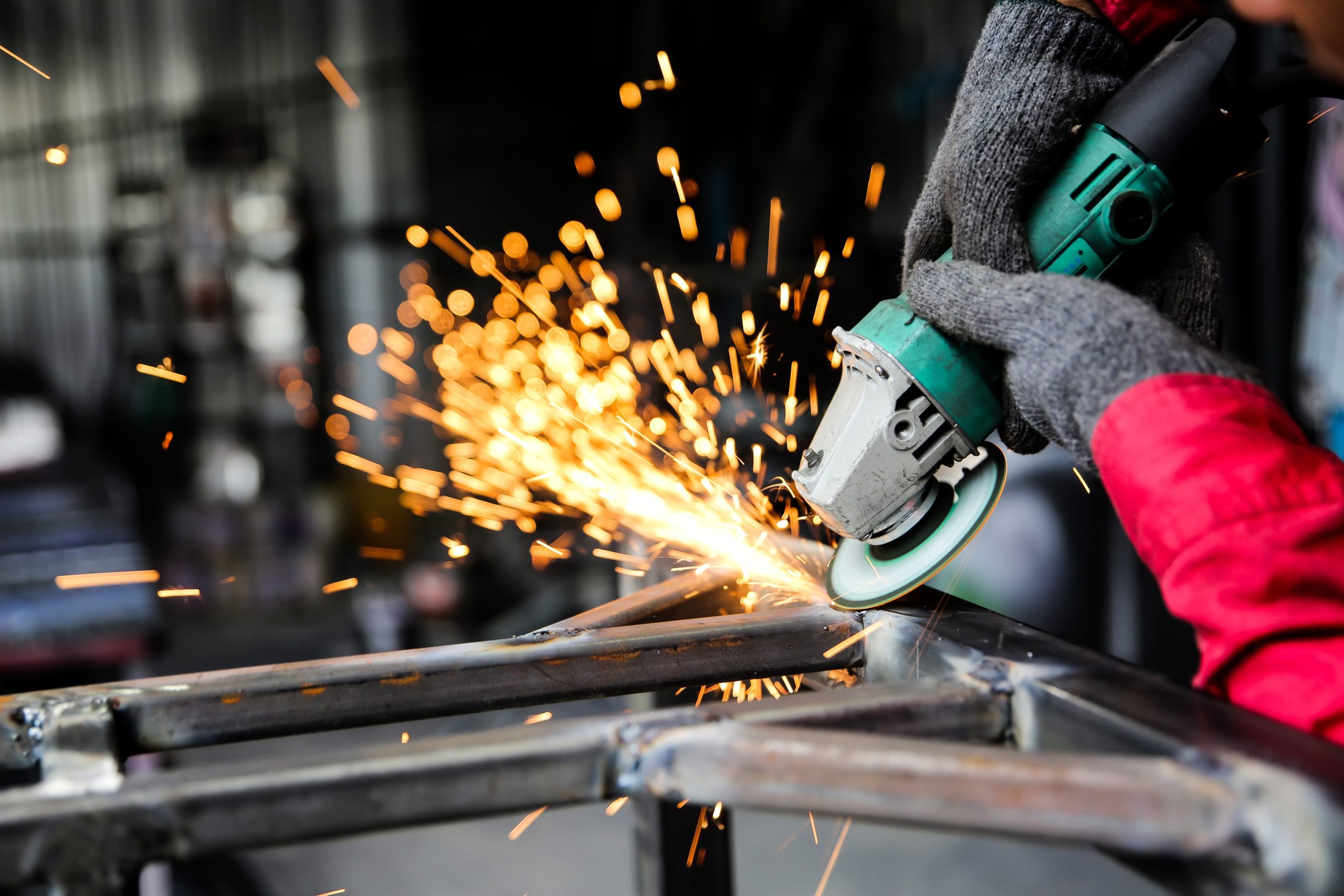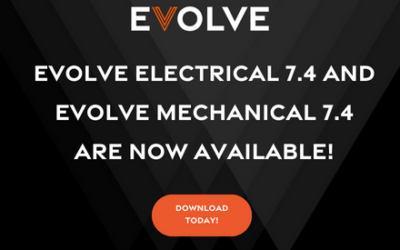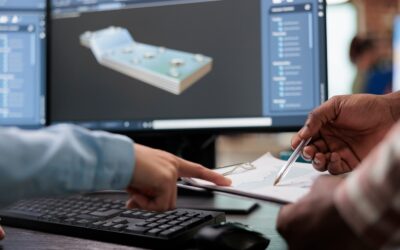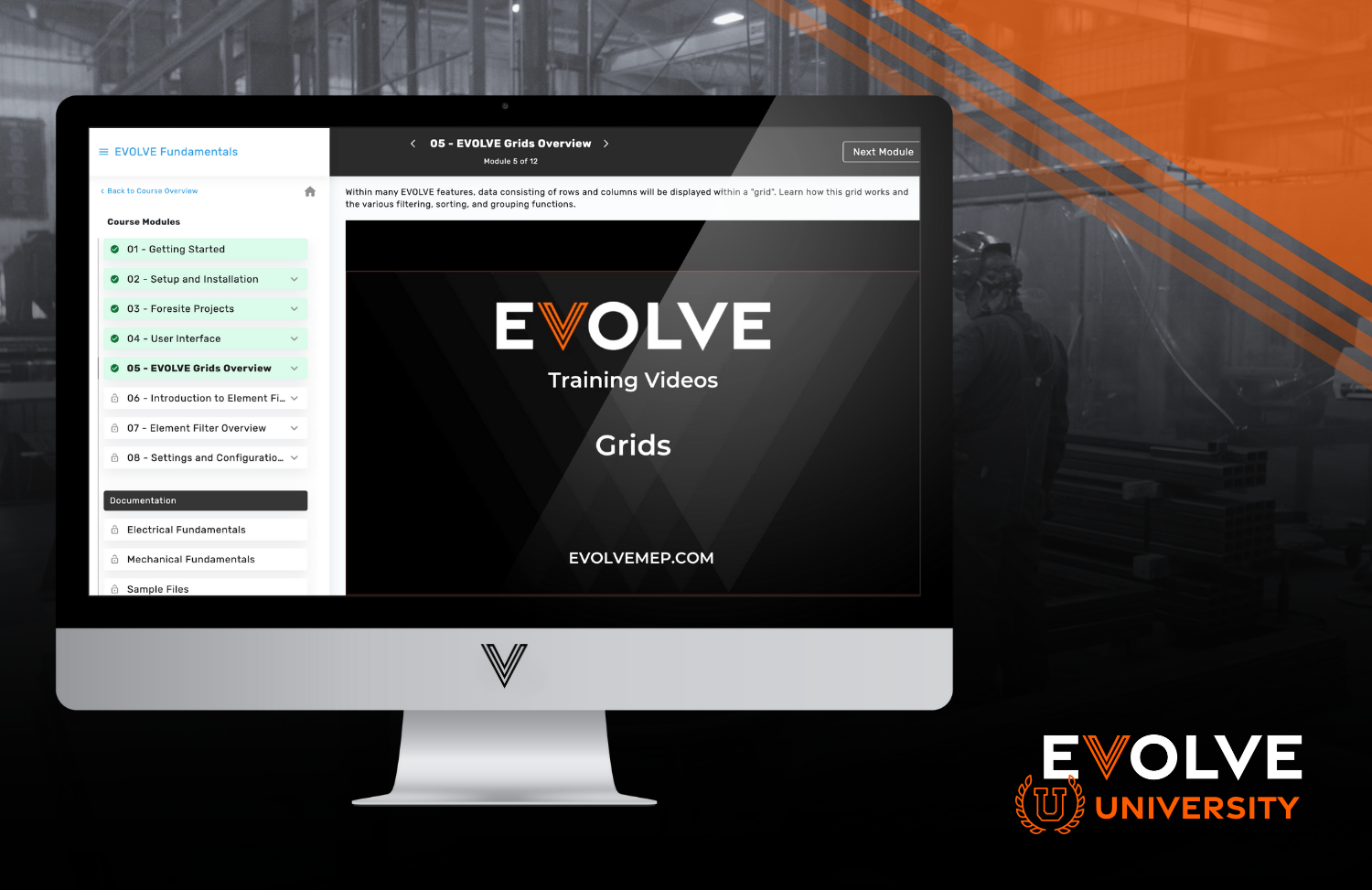As with any construction method, there are a number of mistakes that can be made when using prefab construction methods. Here we will examine seven common mistakes to avoid when using prefab construction methods in order to ensure a successful project.
Not considering site-specific factors: One of the key mistakes that can be made when using prefab construction methods is failing to consider site-specific factors such as weather, transportation, and labor availability when designing and building prefab components. This can lead to delays and unexpected costs during the assembly process.
Underestimating the complexity of assembly: While prefab construction methods can save time and money, the assembly of prefab components on-site can be more complex than traditional construction methods. It is important to properly plan and coordinate the assembly process to avoid delays and unexpected costs.
Failing to properly design for transportation: Prefab components need to be transported from the factory to the construction site. It is important to properly design components to fit within standard transportation guidelines and permit requirements in order to avoid delays and additional costs.
Not considering the thermal performance of the building: Prefab construction methods often rely on standardized components, which may not be optimized for the specific thermal performance requirements of a building. It is important to consider the thermal performance of the building when designing and selecting prefab components in order to ensure a comfortable and energy-efficient building.
Not allowing for proper coordination: Prefab construction methods often rely on the coordination of different team members and stakeholders. It is important to set up a good communication and coordination process in order to avoid delays and miscommunication.
Not budgeting for future changes: Once the prefab components are built, it may be difficult to change, especially if components are not designed for adaptability. It is important to account for future changes such as expansion or remodeling when designing the building in order to ensure a building that can adapt to the needs of the owner.
Skimping on Quality: Although prefab construction methods can save time and money, cutting corners on quality can lead to costly repairs and maintenance in the long run. It is important to use high-quality materials and to properly maintain the building once it is constructed in order to ensure a durable and long-lasting building.
Prefab construction methods can offer significant benefits in terms of time and cost savings, but it is important to be aware of the potential pitfalls in order to ensure a successful project. When you into consideration site-specific factors, properly planning and coordinating the assembly process, designing for transportation, considering thermal performance, allowing for proper coordination, budgeting for future changes, and not skimping on quality, you can ensure that your prefab construction project is a success.
Not considering site-specific factors: One of the key mistakes that can be made when using prefab construction methods is failing to consider site-specific factors such as weather, transportation, and labor availability when designing and building prefab components. This can lead to delays and unexpected costs during the assembly process.
Underestimating the complexity of assembly: While prefab construction methods can save time and money, the assembly of prefab components on-site can be more complex than traditional construction methods. It is important to properly plan and coordinate the assembly process to avoid delays and unexpected costs.
Failing to properly design for transportation: Prefab components need to be transported from the factory to the construction site. It is important to properly design components to fit within standard transportation guidelines and permit requirements in order to avoid delays and additional costs.
Not considering the thermal performance of the building: Prefab construction methods often rely on standardized components, which may not be optimized for the specific thermal performance requirements of a building. It is important to consider the thermal performance of the building when designing and selecting prefab components in order to ensure a comfortable and energy-efficient building.
Not allowing for proper coordination: Prefab construction methods often rely on the coordination of different team members and stakeholders. It is important to set up a good communication and coordination process in order to avoid delays and miscommunication.
Not budgeting for future changes: Once the prefab components are built, it may be difficult to change, especially if components are not designed for adaptability. It is important to account for future changes such as expansion or remodeling when designing the building in order to ensure a building that can adapt to the needs of the owner.
Skimping on Quality: Although prefab construction methods can save time and money, cutting corners on quality can lead to costly repairs and maintenance in the long run. It is important to use high-quality materials and to properly maintain the building once it is constructed in order to ensure a durable and long-lasting building.
Prefab construction methods can offer significant benefits in terms of time and cost savings, but it is important to be aware of the potential pitfalls in order to ensure a successful project. When you into consideration site-specific factors, properly planning and coordinating the assembly process, designing for transportation, considering thermal performance, allowing for proper coordination, budgeting for future changes, and not skimping on quality, you can ensure that your prefab construction project is a success.





